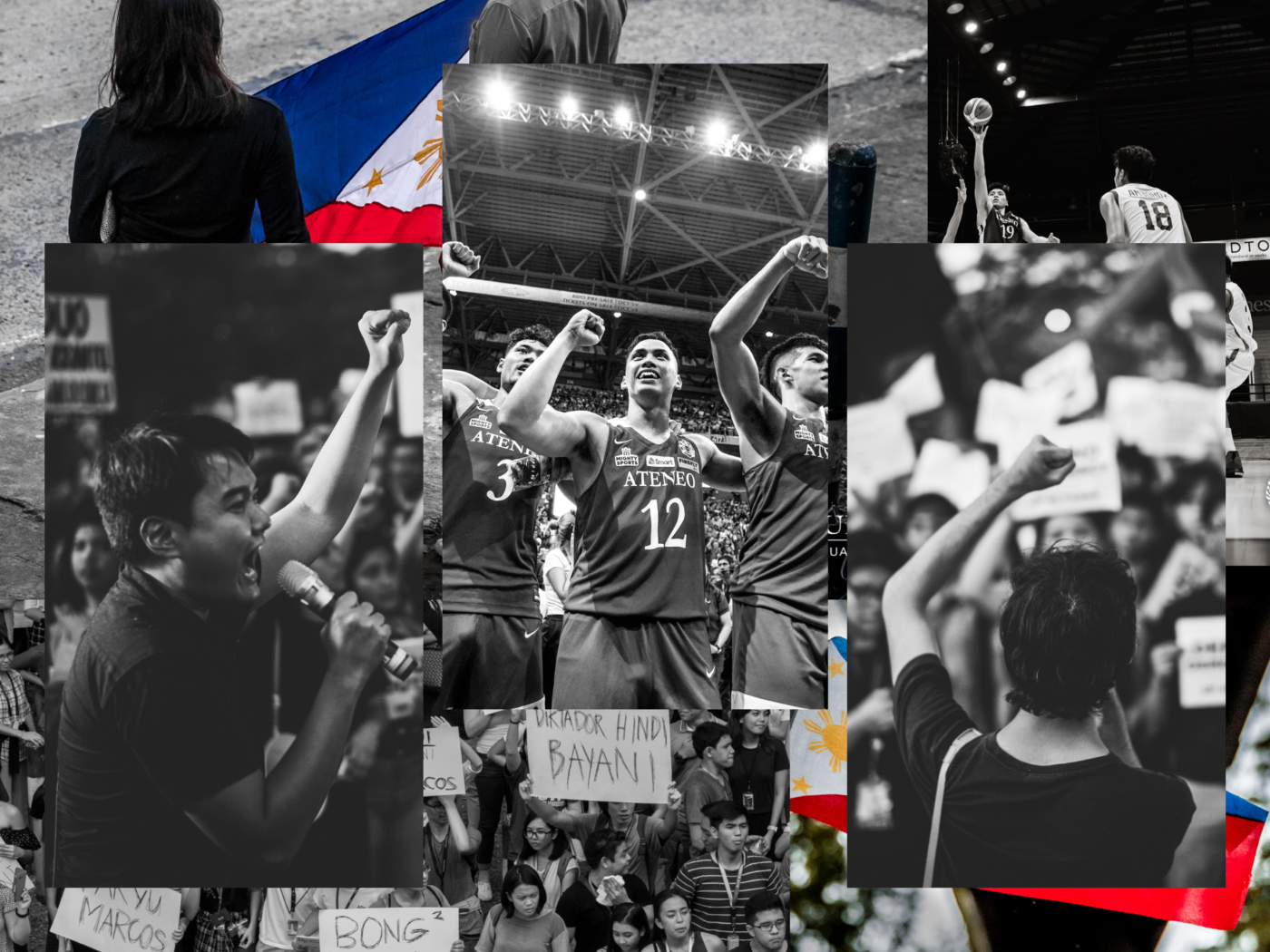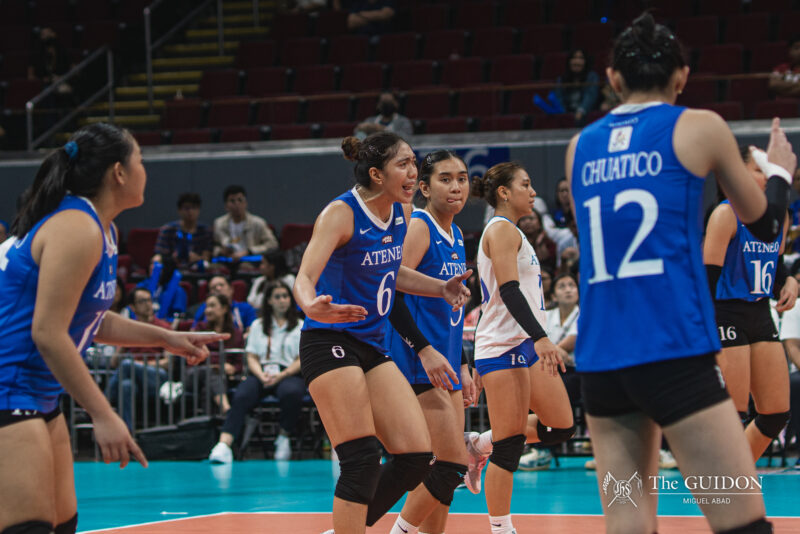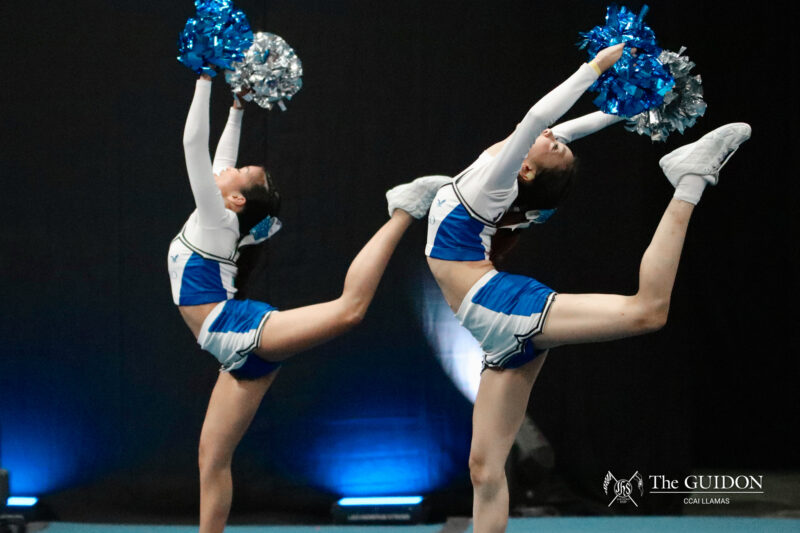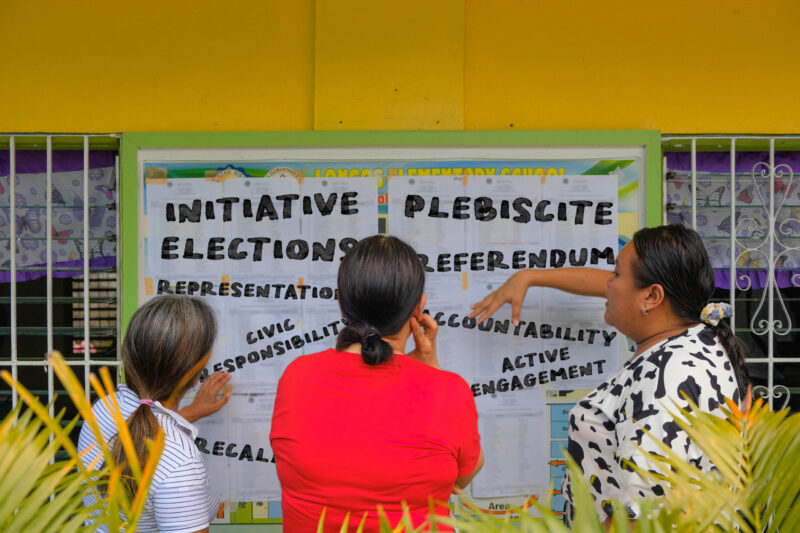THE NEED for varsity student-athlete representation was highlighted during the academic strike that began in November 2020. Although the protest piqued the interest of some athletes, some were hesitant to get involved given the unclear initial petition. Because of this, the Sanggunian Central Assembly’s Constituency Check in response to the petition was still not enough to effectively engage with the varsity student-athlete sector. The lack of adequately established avenues for communication made it difficult for the sector to raise their concerns on the petition.
Feeling the need to support this group further, Sports Clubs Sector Representative Jerard Afable established the Technical Working Group (TWG). The TWG, composed of Afable and a number of athletes from various sports teams, set out to address the lack of communication channels between the Sanggunian and its student-athlete constituents. The initiative’s bigger focus is to become a permanent avenue where student-athletes can air concerns unique to their sector.
Given these objectives, the TWG should look to collaborate first with the College Athletics Office (CAO) before working with the Sanggunian to optimize the sector’s engagement and support their needs.
Assessing sectoral issues
Prior to the TWG’s formation, there was no direct avenue for student-athletes to air their specific concerns—whether it involved campus or internal affairs. As evidenced in different portions of the revised strike manifesto, there was a lack of discourse between the Sanggunian and student-athlete sector.
Although the manifesto attempted to consider the different perspectives of its stakeholders, the portion that discussed the pandemic’s impact on the student body failed to consider the unique situation of student-athletes. Furthermore, the concrete actions listed such as withholding class requirements, the non-attendance of class, and participating in relief operations or immersions provided the sector with little room to act.
“Wala silang localization for athletes. Does this mean ‘di kami magttraining (we won’t train) or do our work as an athlete? That aspect in the manifesto added to the need for representation. We want to take action, but paano siyang gagalaw (how will it move) from a student-athlete lens,” Afable explained.
Since student-athletes must adhere to certain rules of conduct, there may be barriers to participation in school-wide and national matters. For example, both training and academic requirements are fairly demanding and rigid. Taking part in the strike would have meant the non-fulfilment of these said standards.
Despite freedom from formal sanctions, student-athletes remain accountable to representing their team and the University. Should their actions be deemed improper, student-athletes may face repercussions from their coaching staff, the CAO, or the University Athletics Office (UAO).
In some cases, sponsorships also present more hurdles for student-athletes to get involved as they not only represent themselves but the brands as well. Student-athletes have to carefully tread the socio-political climate as the slightest misstep can cause an external party to withhold their support for the athlete or the team.
“We just remind the student athletes to be mindful when you craft your thoughts or before you click that send button. [Make sure] it’s not gonna damage the reputation of the school, and of course, your team and yourself,” CAO Director Benjo Afuang said.
Activating existing channels
Since the CAO thoroughly understands the code of conduct that student-athletes abide by, the TWG may better grasp the sector’s ability to participate in school-wide and national affairs by collaborating with said office. Moreover, if the sector hopes to become a sustainable avenue for student-athletes to organize, coursing their concerns to CAO before the Sanggunian may be more effective as they hold jurisdiction over student-athlete concerns.
Since the TWG also aims to solve internal problems happening in the Ateneo sports world such as conflicts between players and coaches, budgeting concerns, and other player-specific concerns, the CAO will be the most apt to handle said issues.
A model that the TWG can look into is the Athletics Council that was formed in 1992 to bridge the gaps between the administration and the varsity student-athlete sector. Afuang, who was also the former head of the Athletics Council, worked closely with relevant stakeholders like the UAO to solve issues like limited exposure, funding, and resources.
Ultimately, should the TWG consider becoming either a varsity council or an organization that works closely with the CAO, Afuang emphasized the need for these efforts to be student-led. “It has to be an initiative of the students. Kasi you guys would know your target market better. We’re all there to support whatever those initiatives are,” he shared.
While there have been efforts in the past, Afuang noted the lack of follow-through from the students as sound proposals often turned into forgotten initiatives. With this, the TWG must aim to create a sustainable and impactful representation that would last for generations of student-athletes.
One step that can be taken to ascertain the TWG’s lifeline is by getting representatives from different batches of students. Not only does this grant the group a variety of perspectives, it also ensures that there are successors to take after the responsibilities of the TWG even after students graduate.
Bridging the gaps
Although the TWG and CAO are willing to collaborate, the lack of communication between the two stakeholders has ultimately slowed down the progress in student-athlete representation and involvement.
At the end of the day, the TWG should consistently communicate with CAO so that student-athletes may address their needs and substantially partake in socio-political issues within and beyond the University. With the help of CAO, the student-athletes will also have logistical and administrative support to address their concerns. For instance, the CAO’s established relationship with the UAO and the coaching staffs of different teams makes communication between the TWG and these groups more efficient. Moreover, having these ties could also provide the TWG with guidance for their student-led initiatives.
Despite the lapses that exist in providing student-athletes an institutionalized platform, the mere existence of the TWG is a step towards the right direction. “More than the structure that we want to form, it’s really the problem that we want to solve. So if it manifests in a different way, then I would be open to it,” shared Afable. As they continue to move forward, initiatives like the TWG should always revisit their end goal which is to amplify the voices of varsity student-athletes.
Editor’s Note: Selina A. de Dios is currently the team captain of the Ateneo Women’s Basketball Team.







